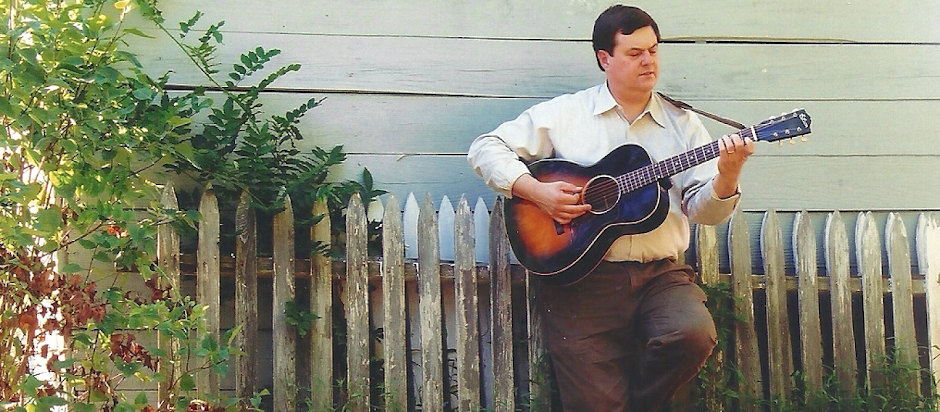Date Community / Venue — Location Concert Theme
–––––––––––––––––––––––––––––––––––––––––––––––––––––––––––––––––––––––– Feb 23 Pine Run, Doylestown PA — When Love Was Nifty
Mar 2 Friends Village, Woodstown NJ — Juke Joint Jive
Mar 11 Old Bridge Library, Old Bridge NJ — Juke Joint Jive
Mar 24 Luther Crest, Allentown PA — Vintage Guitars + Songs
Mar 28 Jeffersons Ferry, South Setauket NY — Big Band Idols
Mar 30 Bronxville Library, Bronxville NY — She Did It Her Way
Apr 8 Chesterfield Cnty Library, Chester VA — Tin Pan Alley Cats
Apr 10 Cypress Club, Raleigh NC — Sunny Side of the Street
Apr 15 Denville Public Library, Denville NJ — Big Band Idols
Apr 18 Bergenfield Library, Bergenfield NJ — Juke Joint Jive
Apr 25 Shannondell - Bradford, Audubon PA — He Did It His Way
Apr 26 Springhill, Erie PA — She Did It Her Way
May 18 Arbors, Manchester CT — Sunny Side of the Street
Jun 8 Monroe Senior Center, Monroe Twp NJ — Tin Pan Alley Cats
Jun 9 Lake Prince Woods, Suffolk VA — Great American Cabaret
Jun 13 The Oaks, Orangeburg SC — He Did It His Way
Aug 7 West Milford Library, West Milford NJ — She Did It Her Way
Aug 17 Bristol Public Library, Bristol CT — Love Builds Better World
Sep 21 Friends Village, Woodstown NJ — Sunny Side of the Street
Sep 22 Luther Crest, Allentown PA — Sunny Side of the Street
Oct 15 Reed Memorial Library, Carmel NY — Juke Joint Jive
Oct 16 Friends of Enfield Library, Enfield CT — Folksong Boomers
Oct 17 Plymouth Library, Plymouth MA — Great American Cabaret
Oct 18 Greendale Mens Club, Worcester MA — She Did It Her Way
Oct 19 Wilmington Library, Wilmington MA — Tin Pan Alley Cats
Oct 20 Halifax Council on Aging, Halifax MA — Spooky Side of the Street
Oct 23 Jeffersons Ferry, South Setauket NY — Juke Joint Jive
Oct 30 Shannondell - Ashcroft, Audubon PA — Great American Cabaret
Nov 1 Springhill, Erie PA — Radio Ramblers
Nov 8 Cypress Club, Raleigh NC — Great American Cabaret
Nov 9 Bermuda Village, Advance NC — Great American Cabaret
Nov 11 The Oaks, Orangeburg SC — Great American Cabaret
Nov 15 Meadowood, Lansdale PA — Great American Cabaret
Nov 29 Heath Village, Hackettstown NJ — Broadway Song Mementos
Dec 1 Monroe Senior Center, Monroe Twp NJ — Juke Joint Jive
© 2017 — Kenneth Lelen — All Rights Reserved
––––––––––––––––––––––––––––––––––––––––––––––––––––––––––––––––––––––––
––––––––––––––––––––––––––––––––––––––––––––––––––––––––––––––––––––––––














